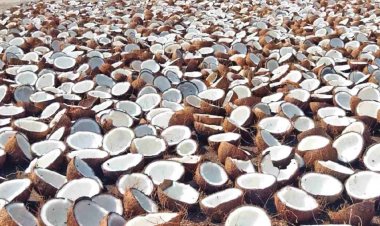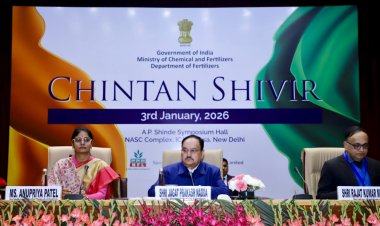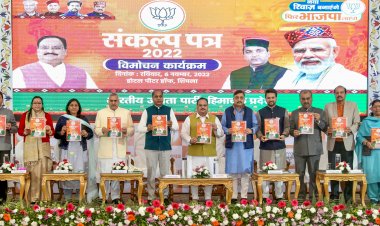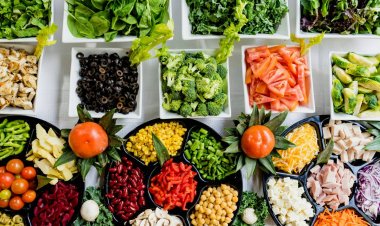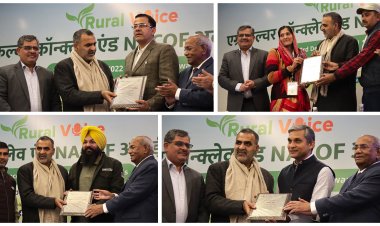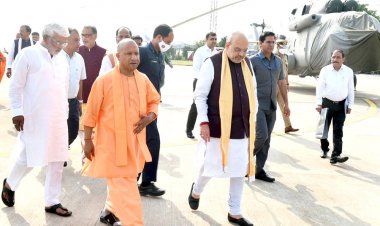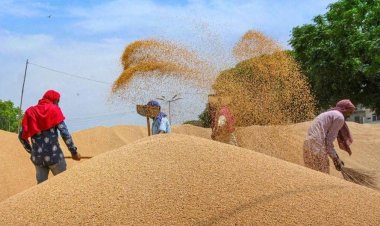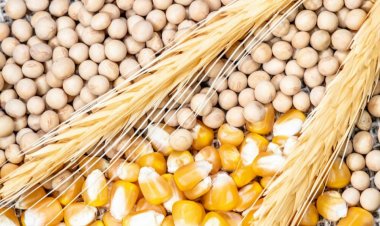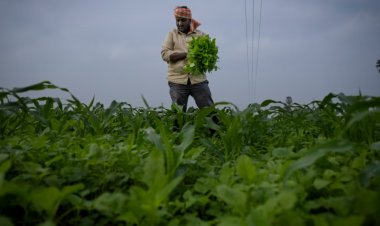The Narendra Modi-led government at the Center is leaving no stone unturned to prevent inflation from becoming an issue in the 2024 Lok Sabha elections. In Modi's first term from 2014 to 2019, inflation was under control going into the 2019 Lok Sabha elections. But when the government is going to the elections in 2024 in the second term of Modi, the situation on the inflation front is not like 2019.
While controlling retail inflation remains a major challenge, food inflation continues to remain in double digits. In the latest data of November, the retail inflation rate of pulses has crossed 20 percent. In such a situation, the interests of farmers have weakened due to the protection of consumer interests in the policies being adopted to bring inflation under control.
In the first term of the Modi government, the average retail inflation rate (CPI) was 4.3 percent, while in the second term it has been 5.8 percent till November 2023. While in the first term the food inflation rate was lower than the retail inflation rate, in the second term the average food inflation rate has been 6.4 percent in the one year period till November 2023.
In an informal conversation with Rural Voice, a senior expert on policy matters in the government had said that the government takes any decision by balancing producer and consumer interests and when necessary, consumer interests prevail. To understand this, there is a need to look at the decisions taken by the government regarding import and export of agricultural products in the last two years.
For example, after the war between Ukraine and Russia started, the government took major decisions regarding wheat, rice, sugar, edible oil, pulses and onion. The main objective behind these decisions has been to increase the supply in the domestic market so that the domestic prices of food products can be prevented from increasing.
For this, while decisions like reduction in duty rates and permission for free imports were taken on one hand to increase imports, on the other hand, to discourage exports, steps like ban on exports, increase in export duty and increase in minimum export price were taken.
To deal with the huge increase in international prices of palm oil at the end of 2020, customs duty on crude palm was reduced. After that, the customs duty on soybean and sunflower oil was reduced to zero. At the same time, customs duty on refined oil was also reduced to 12.5 percent.
During the war between Ukraine and Russia, there was a huge increase in the prices of edible oils and the prices of almost all edible oils in the domestic market crossed Rs 200 per liter. The price of mustard oil had gone up to Rs 300 per litre.
Due to the reduction in customs duty rates, currently, effective customs duty of 5.5 percent is applicable on crude oil, whereas the customs duty rate on refined oil is 13.75 percent. The government has continued to import edible oils at concessional customs duty rates, while mustard farmers have largely had to sell mustard below the minimum support price (MSP) this year.
In the current Rabi sowing season, a huge decline has been recorded in the area under mustard in Rajasthan, the country's largest mustard-producing state. The import of edible oils in the country has reached about 65 percent of the consumption.
To increase the supply of pulses, customs rates were continuously reduced and most of the imports of pulses have been put in the exempt category which was extended till March 31, 2025. The order was issued in December 2023 itself so that importers can have confidence that they can do import deals up to next year without any worries. Earlier, on May 15, 2021, the Quantitative Restrictions (QRs) on imports of urad and arhar were lifted.
This means that duty-free imports of urad, arhar and lentils will be allowed till March 31, 2025 without any quantitative restrictions. Quantitative restrictions on the import of yellow peas and white peas have also been abolished along with 50 per cent customs duty and minimum import price requirement of Rs 200 on these. Customs and quantitative restrictions of 40 to 60 per cent are now applicable only to imports of groundnut and chickpea. But amid these efforts, in November 2023, the retail inflation rate of pulses crossed 20 per cent.
Earlier, the government had imposed a ban on wheat exports in May 2022 and a stock limit for wheat in the domestic market in June. Stock limits were slashed the other day to curb prices. Interestingly, the previous government was releasing record wheat production figures which have since been reduced and claimed record production in Rabi 2022-23 which was later reduced due to government procurement and market conditions were bringing out the truth.
To control rice prices where export of Broken Rice was stopped last year. Only parboiled non-basmati rice is now allowed to be exported with 25 percent customs duty while basmati exports are subject to a minimum export price (MEP) of $950 per tonne. Besides, last year, the export of sugar was put on the restricted list which has now been extended till October 31, 20124 and its export has been practically restricted without issuing any quota.
It also issued an order in December 2023 to ban direct production of ethanol from sugarcane juice amid estimates of sugar production remaining at around 2.9 million tonnes in the current crushing season 2023-24. About 4.5 million tonnes of sugar was supposed to be used to produce ethanol in the current season but it has now been limited to 1.7 million tonnes. On the decision, the sugar industry said it would delay the payment of sugarcane prices to farmers and prolong the season. Onion exports have also been banned.
But unlike Modi-II, policies in Modi-I were being made for the interests of the producers meaning farmers were being protected from imports. This was due to higher domestic production leading to higher stocks and lower prices of agricultural products in the international market. During Modi-I, the subsidy on sugar exports was given up to over Rs 10,000 per tonne and exports of sugar from the country reached a record high of 110 lakh tonnes in 2021-22.
Moreover, in 2022-23, India became the largest exporter of rice with a 40 percent share in the global market. Wheat exports had reached 7 million tonnes in 2021-22. The government provided five kg of foodgrains free of charge to 800 million people in addition to NFSA during the COVID-19 pandemic under the Pradhan Mantri Garib Kalyan Anna Yojana (PMGKAY) due to heavy foodgrains stocks in the central pool due to over-purchasing at MSP. Before June 30, 2017, the zero import duty facility on pulses was abolished and a 10 per cent customs duty was imposed on arhar and lentils.
Customs duties on gram and lentils were increased to 30 per cent in late 2017 and customs duties on gram and white peas were increased to 50 per cent as well as quantitative restrictions on pulses imports. This was when the government adopted the government procurement policy with a huge hike in MSP recommended by the committee on the import of pulses headed by Chief Economic Adviser Arvind Subramanian to boost pulse production in the country.
Subsequently, in March 2018, the import duty on gram and Kabuli gram was raised to 60 per cent and 40 per cent, respectively. In April, 2018, a minimum import price of Rs 200 per kg was imposed on yellow peas and white peas. This stopped their imports. Customs duty on edible oils was also hiked to 35 per cent on crude soyabean and sunflower and 44 per cent on crude palm. These steps were taken between September 2016 and June 2018.
But now the situation has changed and it was mentioned in the first part of the news.
Elections are ahead and the government's strategy of keeping prices of agricultural products under control will continue. In other words, the policy of protecting consumer interests instead of farmers' interests will continue. At the same time, given Kharif production figures and Rabi prospects, the government will continue a liberal import policy in terms of food products as the prospects for improvement in production are not much better.
The farmer is facing a double blow as production falls. Weak production reduced his income and the government will not allow them to take advantage of high global market prices. In an address at the Rural Voice Agriculture Conclave, Pravesh Sharma, Director, of Samunnati Agro, had said that domestic farmers were not getting the benefit of international prices and in a way, an indirect tax of 15 per cent had been imposed on them.
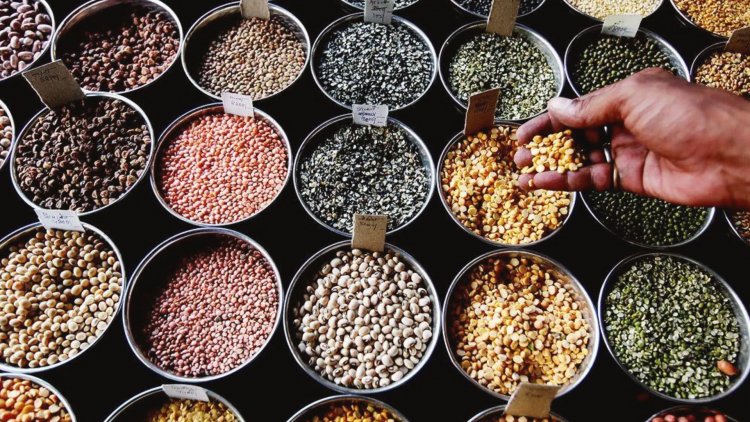



 Join the RuralVoice whatsapp group
Join the RuralVoice whatsapp group

















